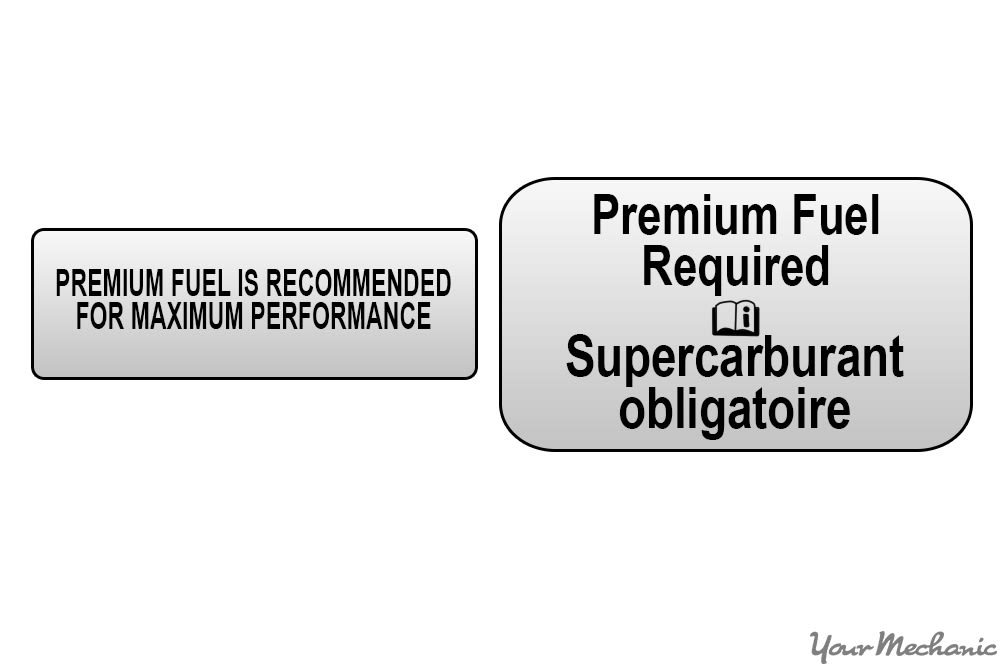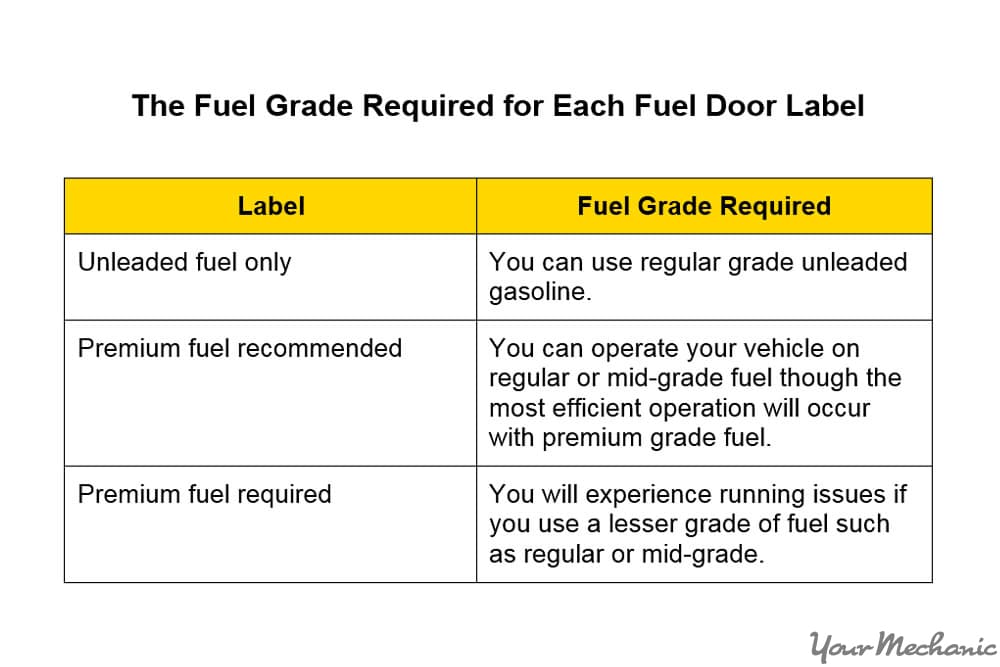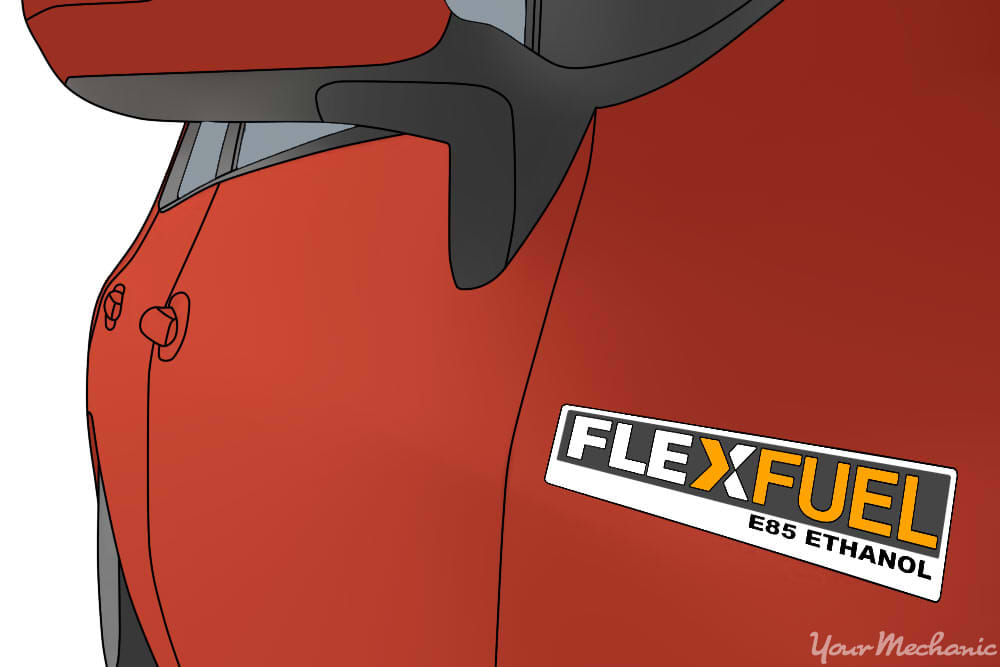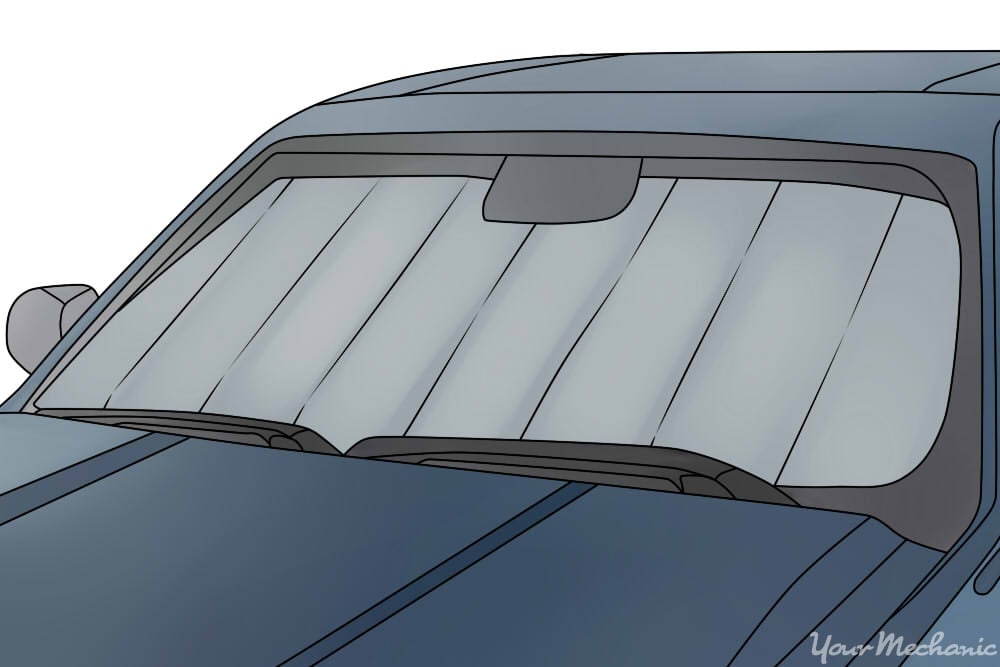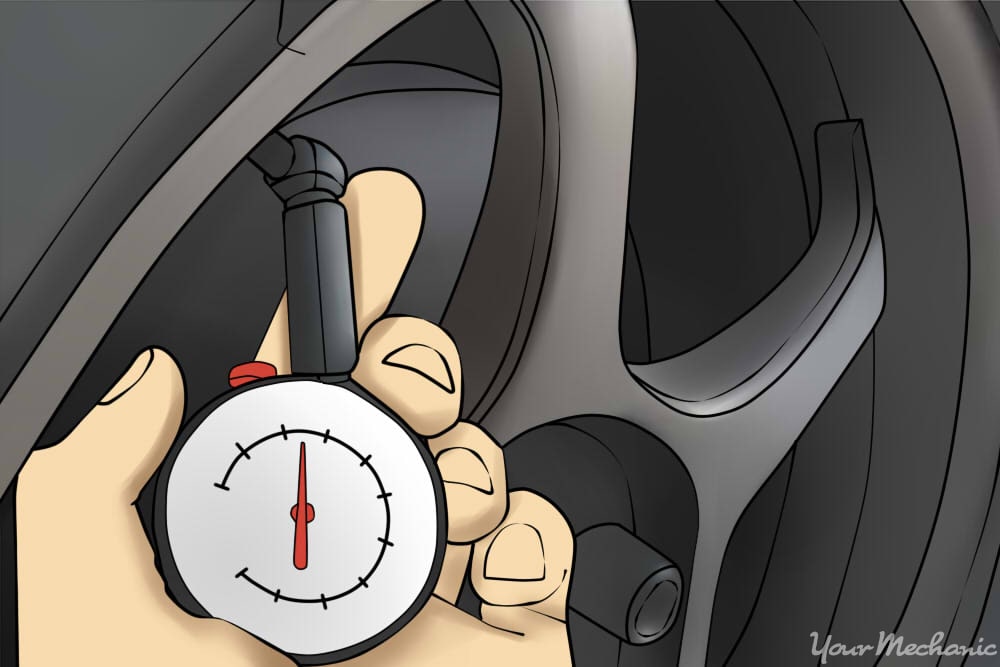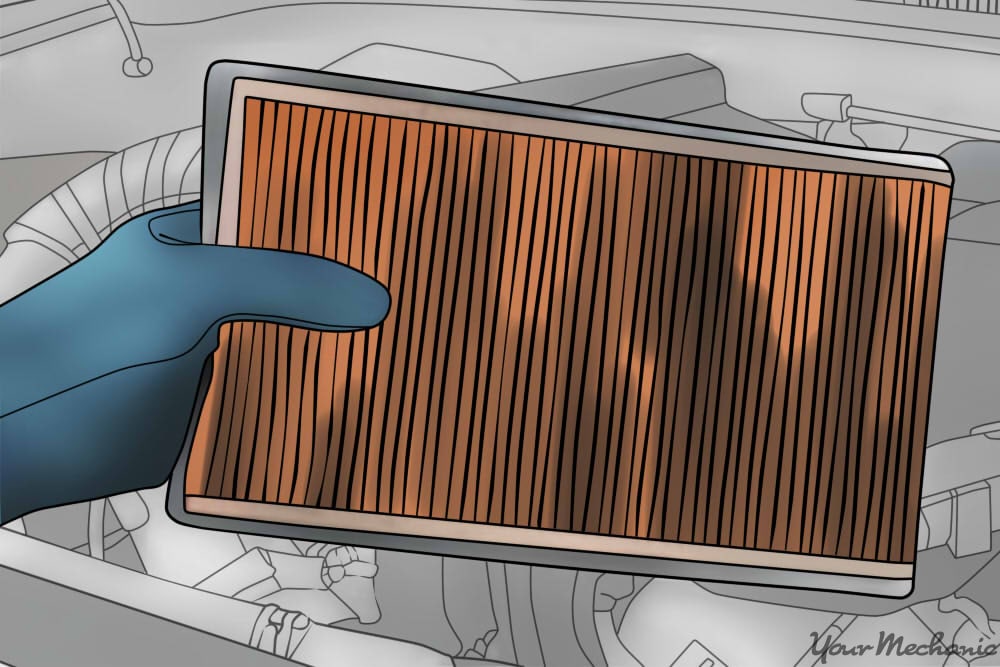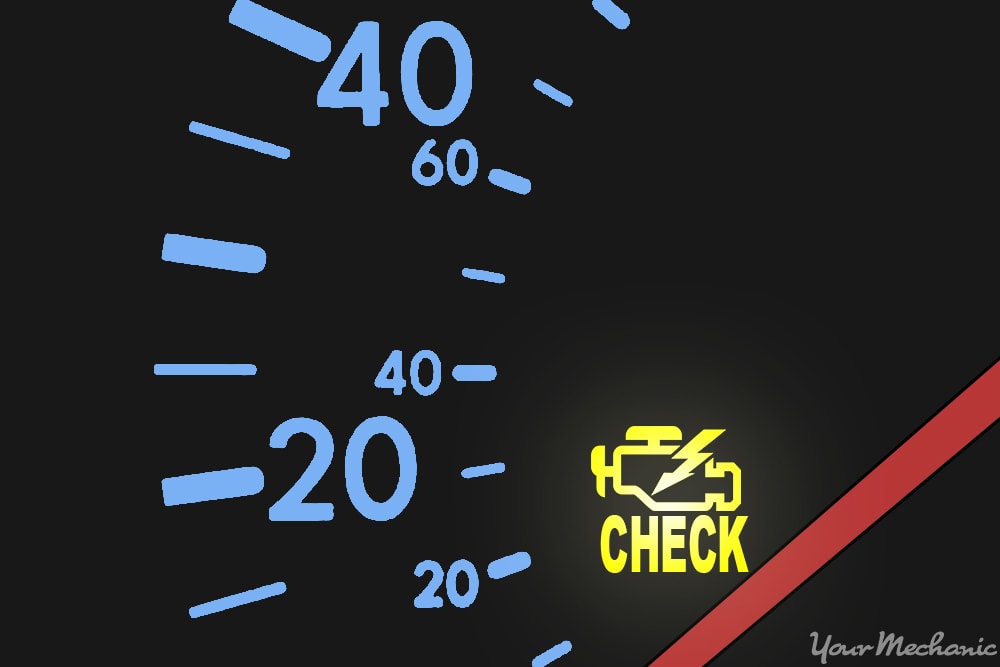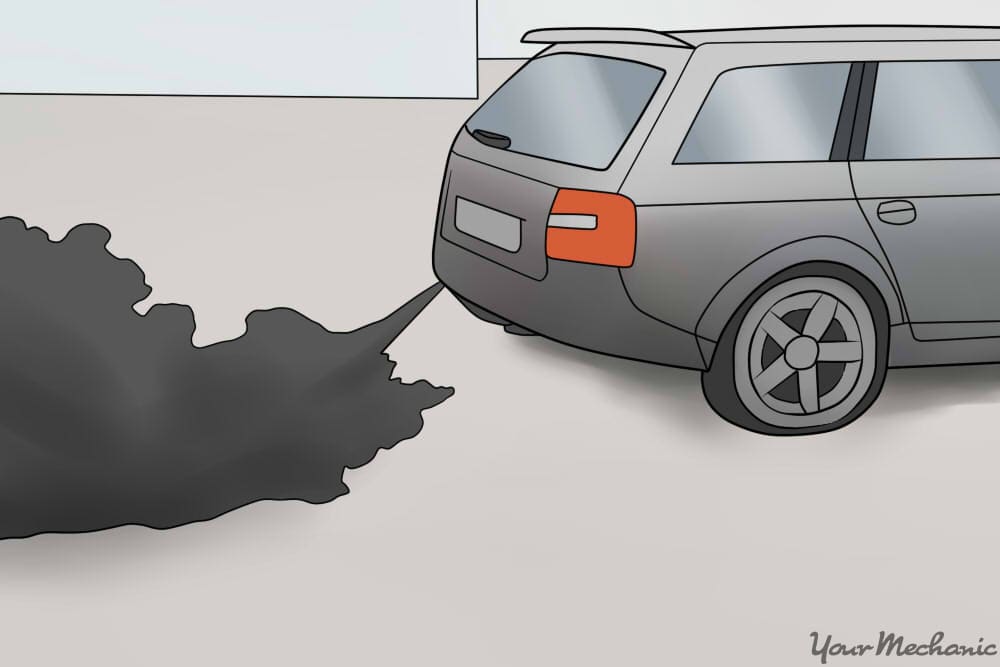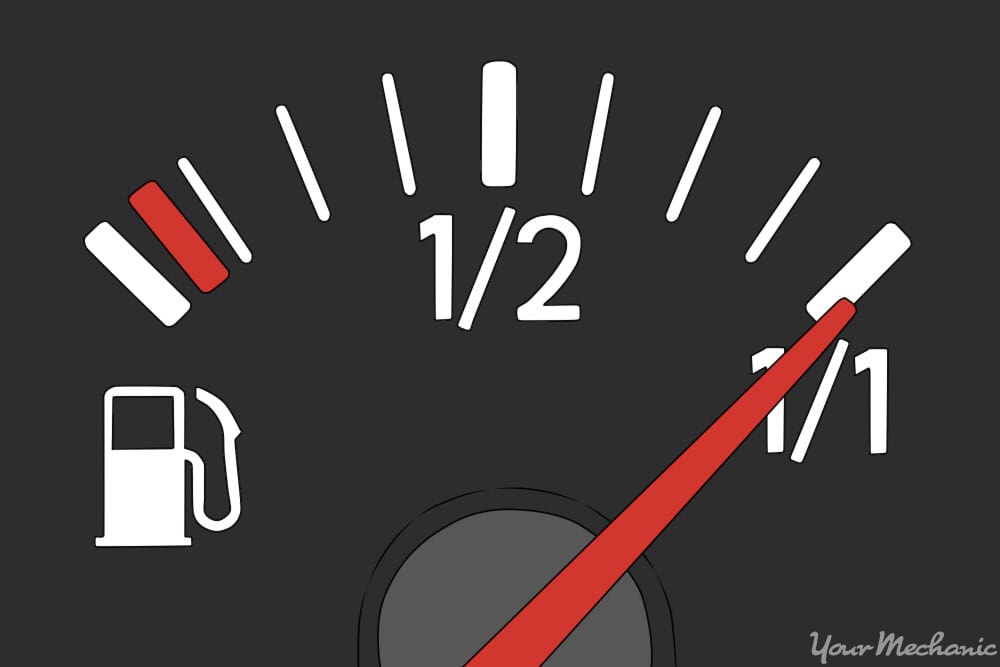

Unless you drive an electric car, your vehicle will require regular stops for refueling. Sometimes, there are situations where your fuel gauge needle seems to drop faster than it ought to. You may not get as much distance as you expected to on a tank of fuel.
There are several factors that can cause low mileage including:
- Engine tune-up issues
- Frequent idling of the engine
- Using a motor oil that does not reduce friction
- Badly functioning oxygen sensors and air filters
- Keeping the air conditioner on always
- Misfiring or poorly functioning spark plugs
- Bad fuel injectors
- Clogged fuel filter
- Poor fuel quality
- Misaligned tires
- Stuck brake caliper
- Driving habit changes
- Driving at high speeds
- Emissions-related operating problems
- Time taken to warm up the engine in winter.
There are several ways in which you can improve the fuel mileage of your gas-powered vehicle.
Part 1 of 5: Choose the right grade of fuel
Your vehicle’s gas-powered engine needs to burn cleanly in order to operate efficiently. If the fuel used in your engine isn’t the right grade for your specific car, it can affect the mileage adversely.
Step 1: Determine the correct fuel grade. Check your fuel door for the proper grade of fuel recommended by the car manufacturer.
Be sure to use the correct grade of fuel for your car to get the best mileage, as well as the best performance, out of your car.
Step 2: Determine if your vehicle is E85-compatible.
E85 is a blend of ethanol fuel and gasoline and contains up to 85% ethanol. E85 can be beneficial as a more environmentally-friendly fuel source, but only vehicles designed for use with E85 fuel can function properly with it.
If your vehicle has a flex-fuel designation or has the abbreviation “FFV” behind its name, you can use E85 in your fuel tank.
- Note: E85 fuel is significantly less expensive than regular-grade gasoline, but your fuel mileage, even on a flex-fuel vehicle, is reduced when E85 fuel is used. It can drop as much as ¼ of the fuel efficiency when you use regular fuel.
Step 3: Use regular-grade fuel in your flex-fuel vehicle.
To get the best gas mileage, use regular grade fuel in your flex-fuel compatible engine.
You can expect to go a longer range per tank with regular grade fuel instead of flex-fuel though the fuel cost may be higher.
Part 2 of 5: Drive smart in changing weather conditions
Achieving the best fuel mileage in your vehicle may mean being a little less comfortable for a few minutes when you start driving.
Step 1: Reduce your warm-up run time in freezing weather.
Warming up your car in freezing, wintry conditions is often thought to be of benefit to your car. However, your car only needs 30-60 seconds to get the fluids moving properly in its systems before it is ready to drive.
Most drivers warm their vehicle to make it comfortable for occupants inside, but if fuel economy is your top concern, you can do without a 10-15 minute warm-up time.
Dress in layers you can remove easily while driving as your car warms up. Use items like scarves, hats, and mittens to make your initial drive more comfortable.
Invest in an interior car warmer to heat your car’s interior and defrost your windows without needing to run your engine.
Step 2: Reduce your cool-down time in the summer. Your car’s interior can get extremely hot in the summertime in nearly all areas of the United States, especially if the sun is beating down on the interior.
Whenever you are not driving your car, mount a sunshade on the windshield to reflect the sun’s rays that warm your car to unbearable temperatures. You can also try to park your car in the shade wherever possible.
Run your engine for only a couple of minutes to get the air conditioning to cool down the interior.
Step 3: Try to avoid heavy traffic and poor weather conditions. In inclement weather conditions such as snow and rain, change the time you leave for your destination so that your drive doesn’t coincide with rush hour traffic conditions.
Snow or rain makes drivers more cautious and slow, this might end up causing your commute or travel time to be extended.
Leave before or after peak rush hour to bypass heavy traffic and avoid unnecessarily burning fuel at a standstill.
Part 3 of 5: Perform regular vehicle maintenance
If your vehicle isn’t maintained properly, it requires more effort from your engine to power it, which in turn requires more fuel. A properly maintained vehicle will burn less fuel. Look up the maintenance schedule of your car to find out when and how frequently it should be serviced.
Step 1: Check and adjust your tire pressures. Your tires are the only part of your car that is in contact with the ground and are the greatest source of resistance on your vehicle.
Check and adjust your tire pressure every time you fill your car with gas. Use a compressor at a fuel station to top up your tire pressures if they are low.
- Note: If your tire pressures are just 5 PSI below their recommended pressure, your fuel consumption increases by 2%.
Step 2: Change engine oil. Change your engine oil at its recommended interval, usually every 3,000 to 5,000 miles.
Drain and refill your engine oil and change the oil filter every time the oil change is due on your car.
If your engine oil is dirty, there is increased friction in the engine itself, requiring more fuel burnt to negate the effects of the friction.
Step 3: Change the spark plugs. Change your spark plugs at the recommended interval, typically every 60,000 miles or so.
If the spark plugs are firing poorly or misfiring, the fuel in your engine cylinders is being burnt incompletely and inefficiently.
Inspect your spark plugs and replace them with the correct type for your engine. If you aren’t comfortable changing your own spark plugs, have a mechanic from YourMechanic do it for you.
Step 4: Change your engine air filter when it’s dirty. You can lose 5% or more in fuel efficiency if your air filter is dirty.
When the air filter is blocked or very dirty, your engine does not get enough air to burn cleanly. The engine burns more fuel to try to compensate for this and tries to run smoothly.
Part 4 of 5: Fix emission and fuel system problems
If your emissions system or fuel system are exhibiting signs of problems such as illuminating the check engine light, running roughly, giving off black exhaust, or emitting a rotten egg smell, address them quickly to prevent burning excessive amounts of fuel.
Step 1: Fix any Check Engine Light issues. If illuminated, have the Check Engine Light diagnosed and repaired as soon as possible.
- Tip: The Check Engine Light is primarily an indicator of engine issues but it is also associated with fuel system or emissions-related problems.
Step 2: Check for any catalytic converter problems. A rotten-egg smell indicates a catalytic converter problem, either suggesting an internal catalytic converter failure or a fuel system problem that can consume far more fuel than normal. Replace the catalytic converter if necessary.
Step 3: Check for fuel-related engine problems. If your engine is running rough, it is either not burning fuel properly, not getting enough fuel in the cylinders, or is being over-fueled.
Step 4: Check the exhaust. If the exhaust is black, it indicates that your engine is unable to efficiently burn the fuel in its cylinders.
This may be cause if too much fuel is being injected into the cylinders or if the engine isn’t running properly.
Many emissions and fuel system related engine issues are complicated and difficult to diagnose. If you are uncomfortable performing the diagnosis and repairs yourself, have a trained mechanic from YourMechanic do it for you.
Part 5 of 5: Change your driving habits
The fuel consumption of your car is dramatically affected by how you drive it.
The following tips can help you save fuel as you drive:
Step 1: Accelerate lightly when possible. The harder you press your accelerator pedal, the more fuel is introduced into your engine so that your car can accelerate faster.
Faster acceleration will drastically increase your fuel consumption but moderate acceleration will conserve fuel in the long run.
Step 2: Set your cruise control on the highway. If you are driving on the highway in free-flowing traffic, set your cruise control to moderate your fuel consumption.
Cruise control is better able to keep a consistent speed than you can, eliminating surges and deceleration that burn fuel unnecessarily.
Step 3: Slow down sooner by coasting. If you use your accelerator up to the last second before braking, you are using more fuel than if you release the accelerator and gently coast for a bit before slowing down to a complete stop.
If you follow these simple methods, you can help your vehicle to run more efficiently, increase your car’s power and improve its fuel mileage.
If you are unable to find the cause of the poor gas mileage, have a certified mechanic, such as one from YourMechanic, inspect your car. If you need to have your spark plugs changed, your oil and filter changed, or your Check Engine Light diagnosed and repaired, the technicians at YourMechanic can do it for you.


